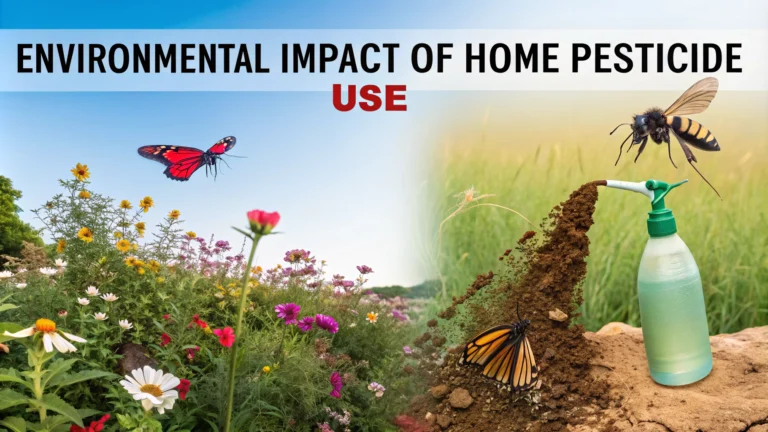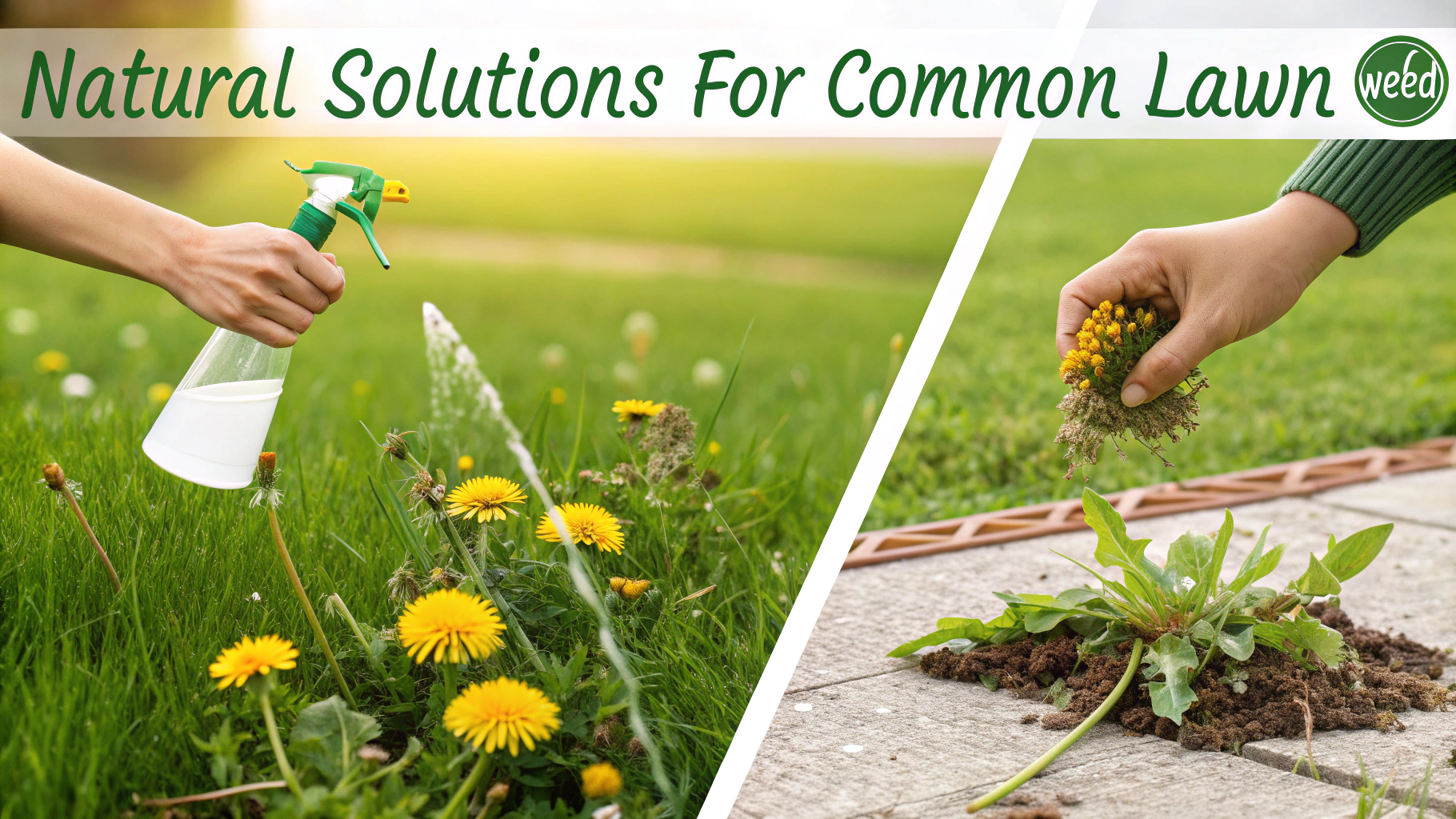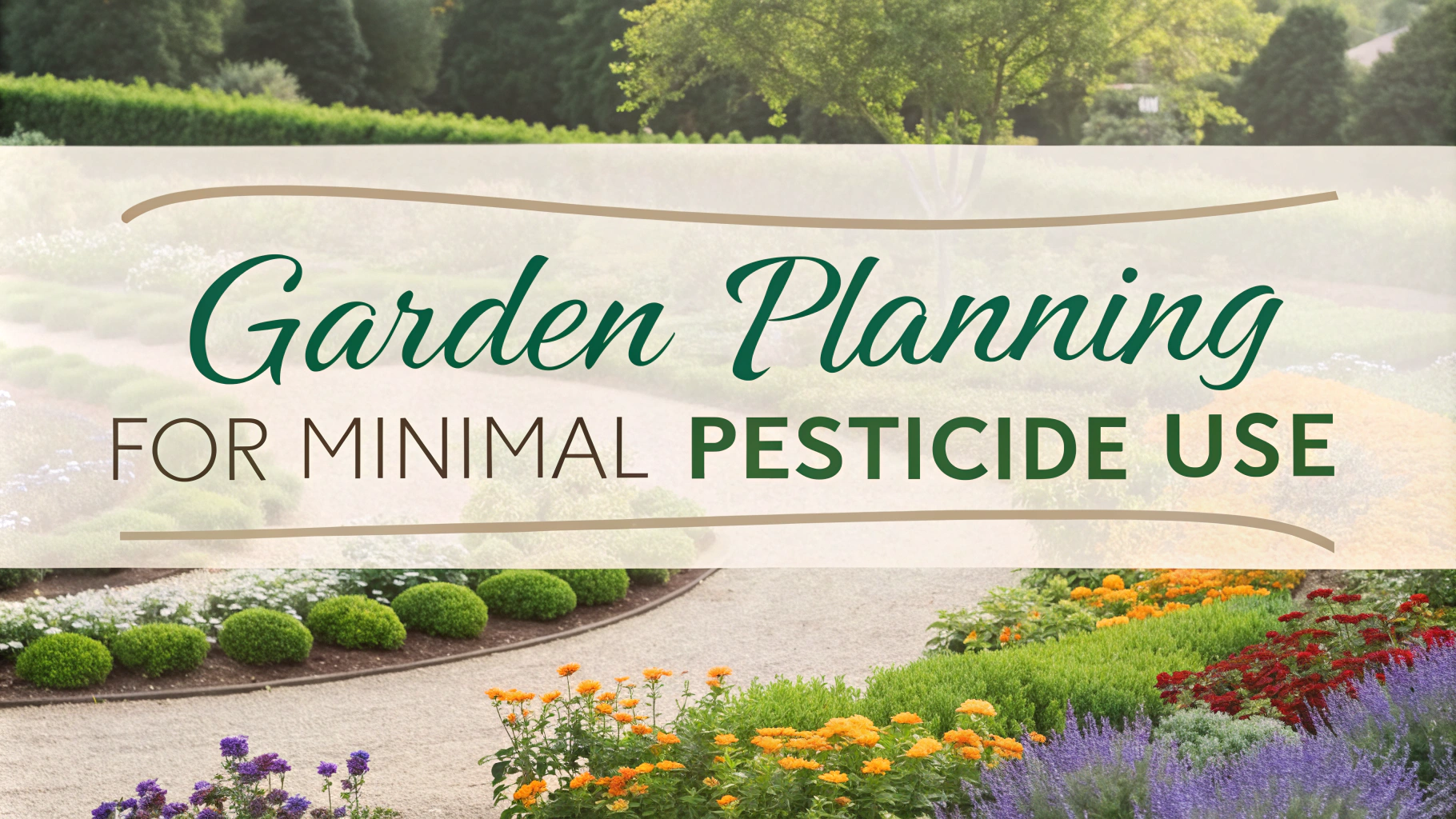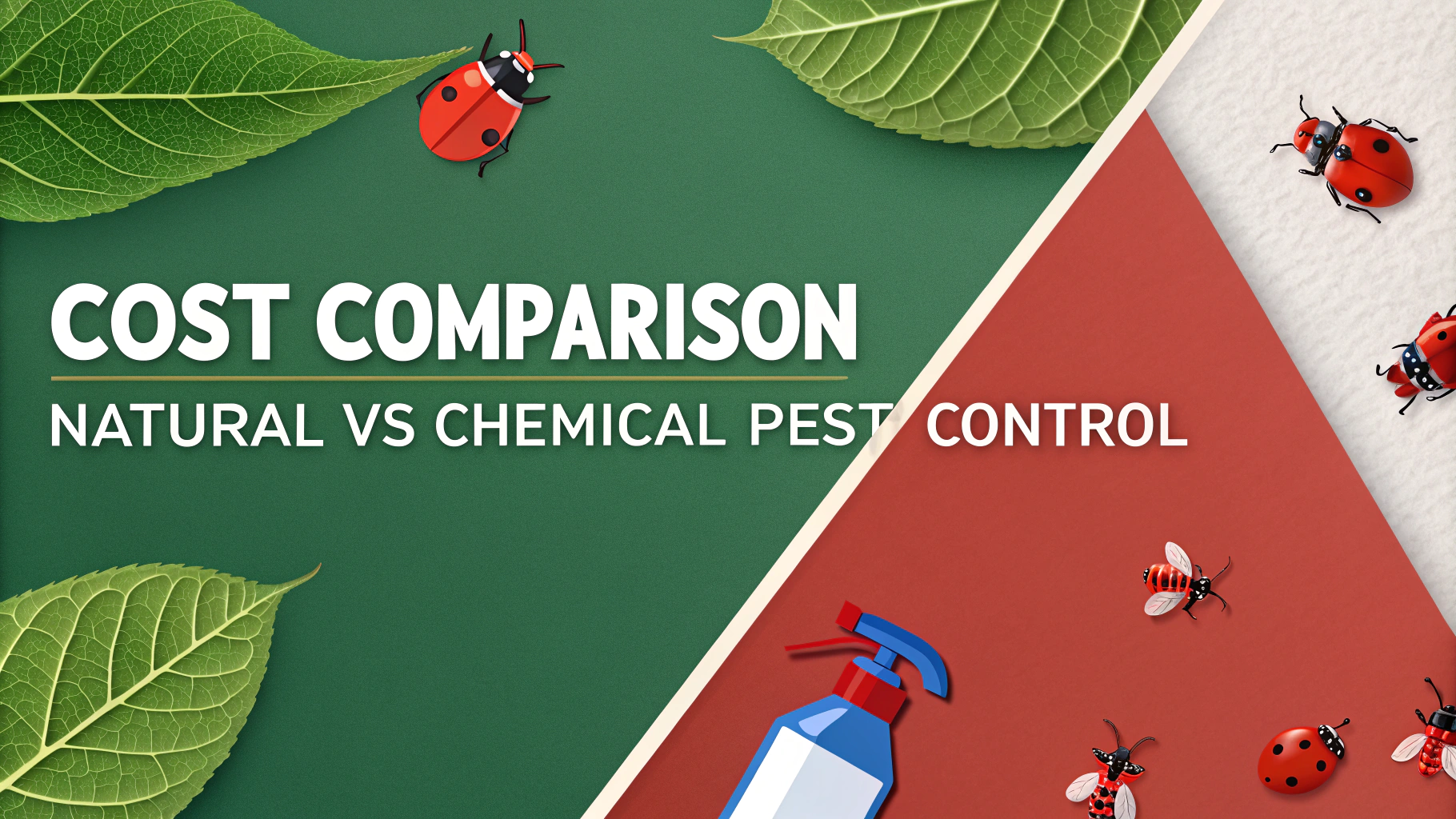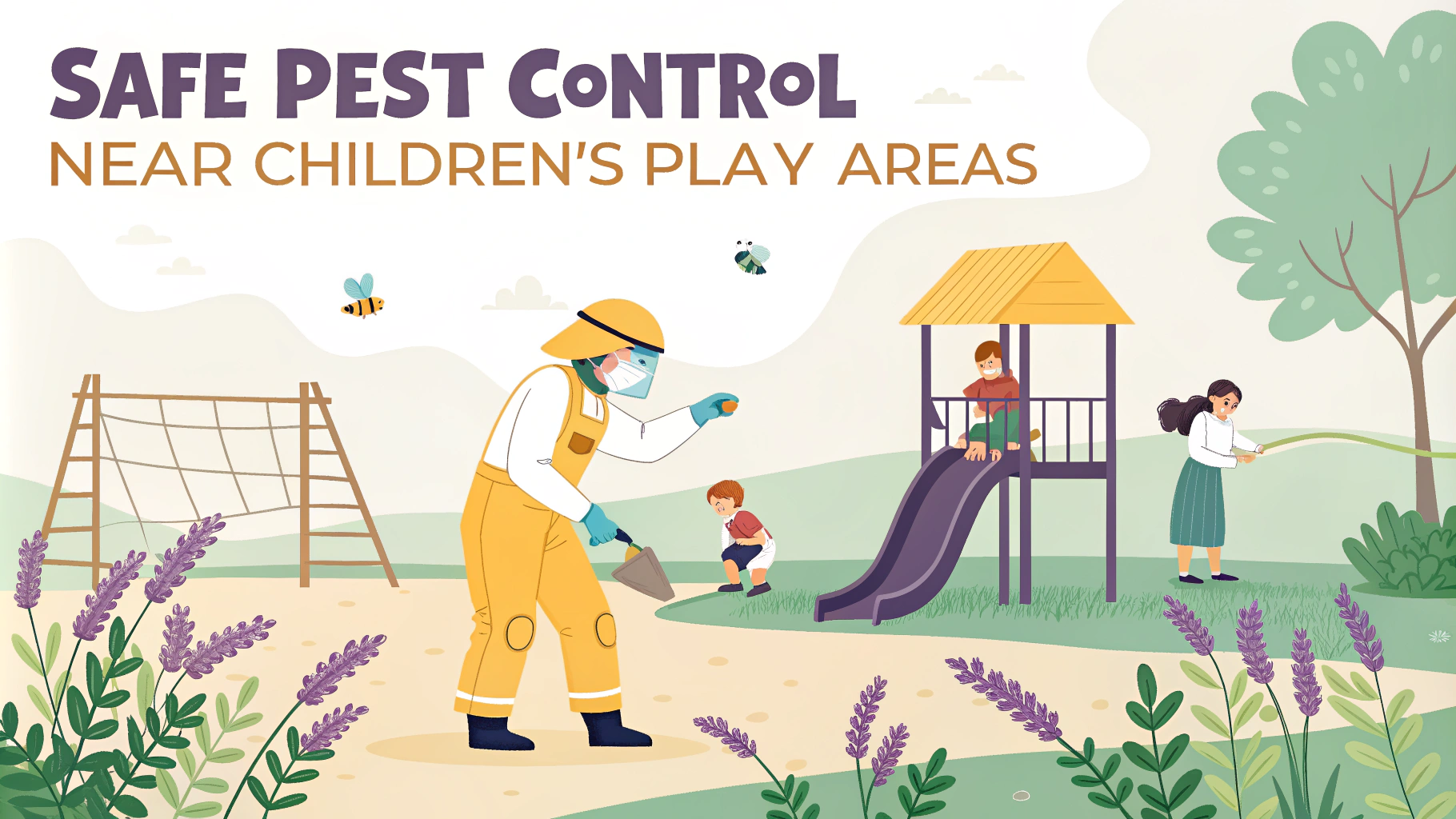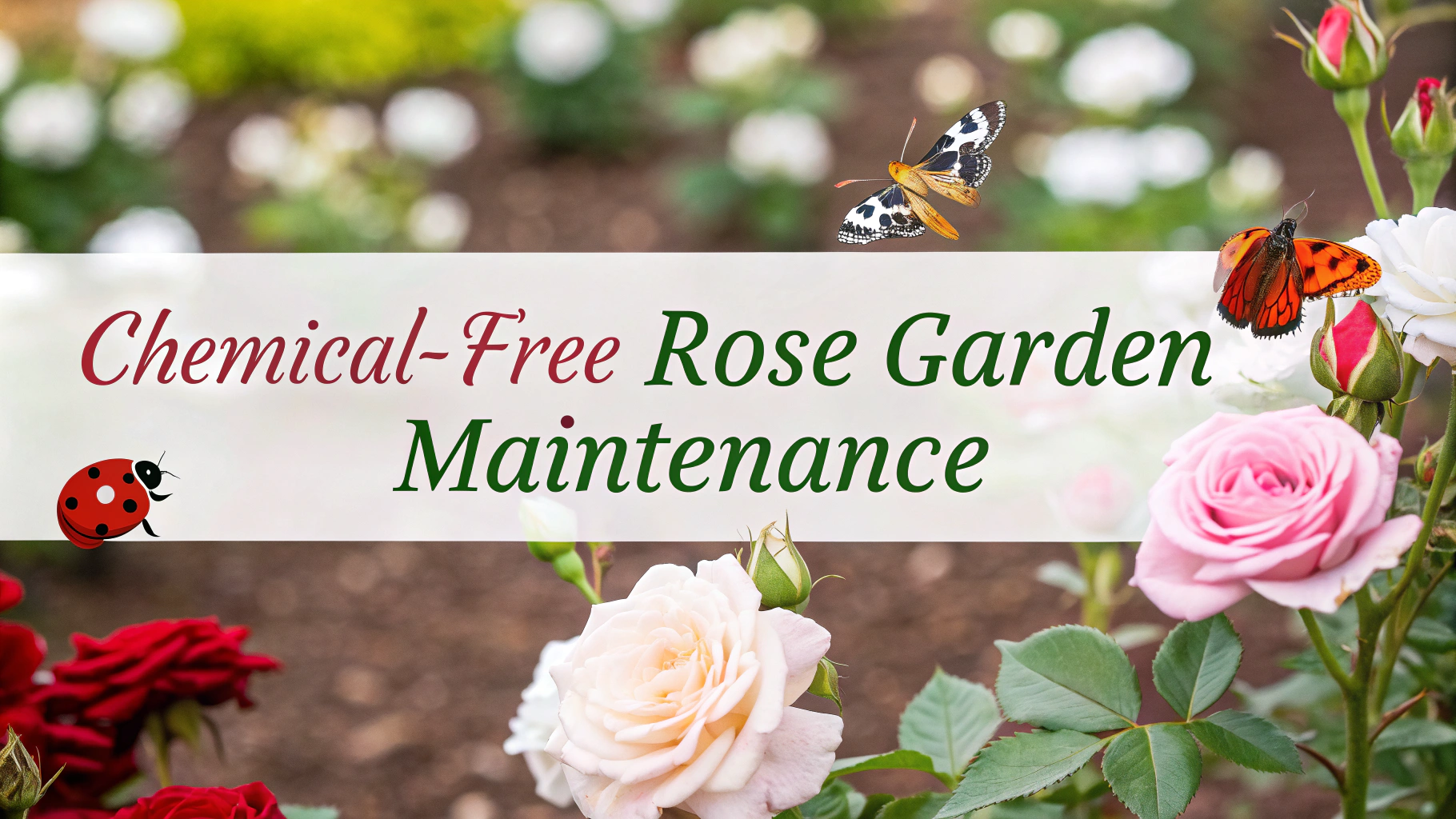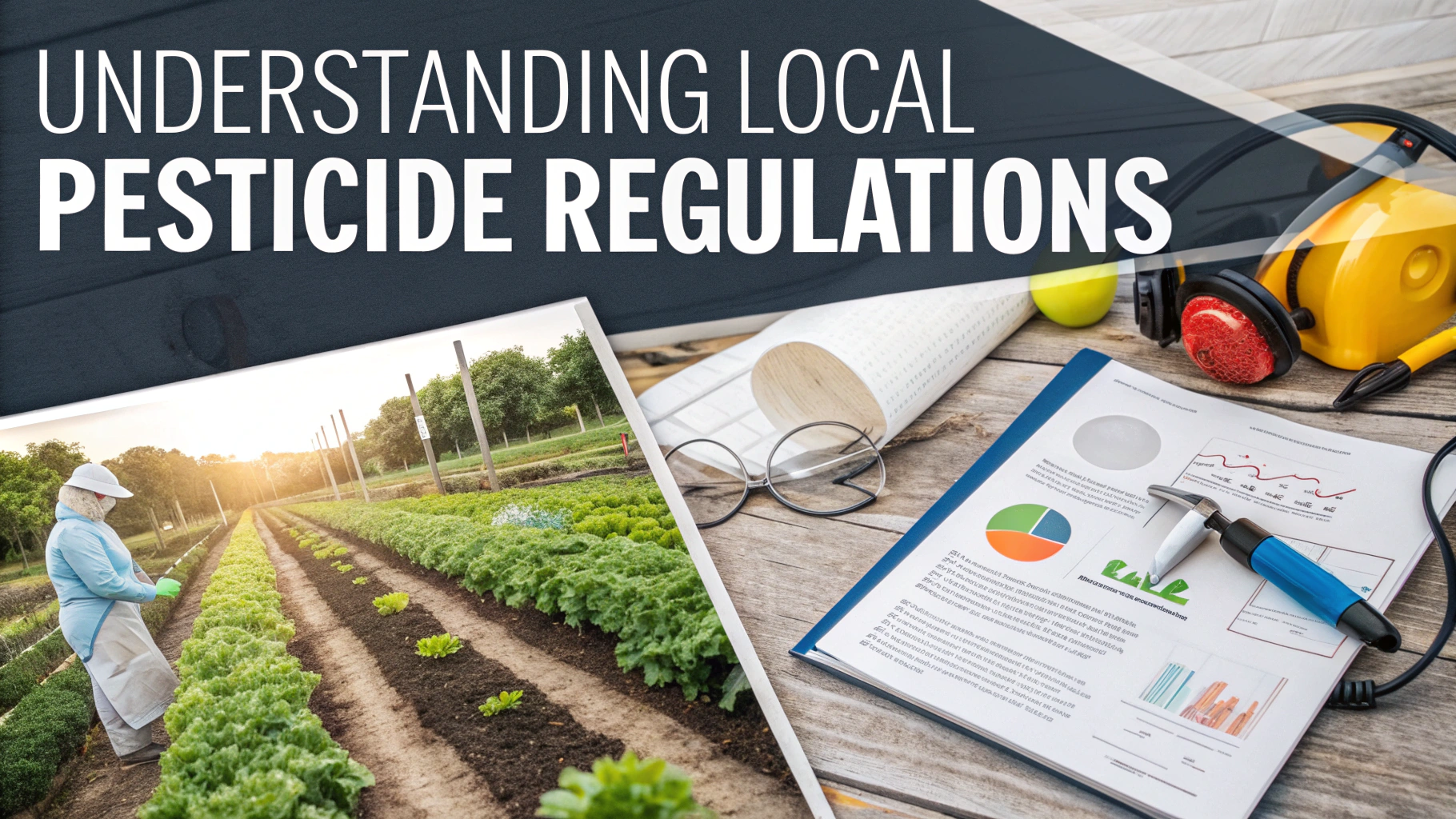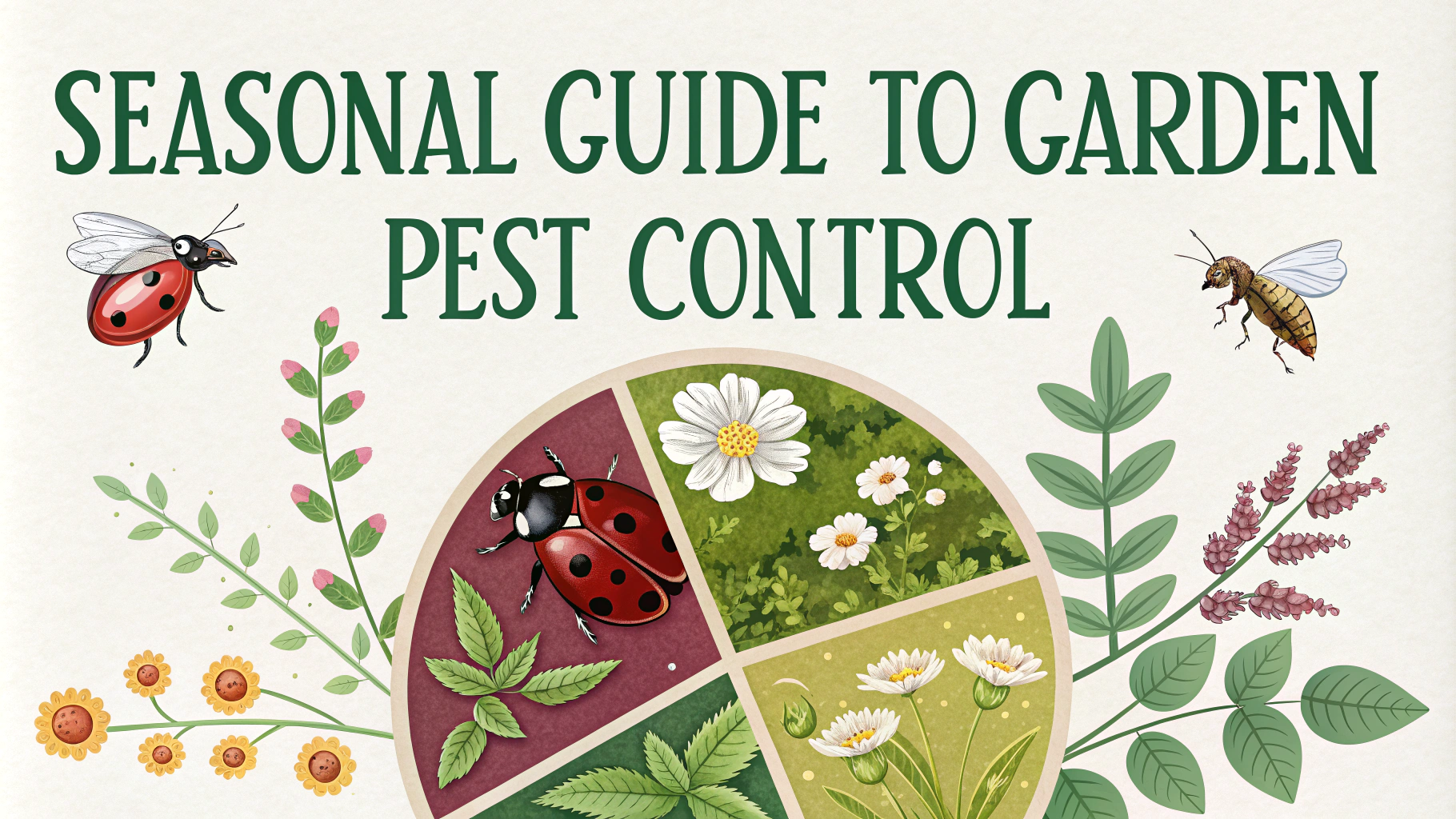Household pesticides can have serious environmental consequences that extend far beyond our homes and gardens.
Common home pesticides contain chemicals that can contaminate soil, water sources, and harm beneficial insects like bees and butterflies.
Environmental Effects of Home Pesticides
- Soil contamination and reduced fertility
- Water pollution through runoff
- Harm to beneficial insects and pollinators
- Impact on local bird populations
- Disruption of natural ecosystem balance
Safe Alternatives to Chemical Pesticides
Natural pest control methods can effectively protect your home and garden while minimizing environmental impact.
| Pest Problem | Natural Solution |
|---|---|
| Ants | Vinegar, diatomaceous earth, or coffee grounds |
| Garden insects | Neem oil or companion planting |
| Mosquitoes | Citronella plants, cedar oil |
Tips for Environmentally-Conscious Pest Control
- Prevention First: Seal entry points and maintain clean spaces
- Integrated Pest Management: Use multiple control methods together
- Targeted Application: Apply treatments only where needed
- Timing Matters: Treat issues early before they become severe
When Chemical Pesticides Are Necessary
If chemical pesticides must be used, follow these guidelines to minimize environmental impact:
- Choose products labeled as low-toxicity or eco-friendly
- Apply during dry weather to prevent runoff
- Use spot treatments rather than broad applications
- Store and dispose of products properly through local hazardous waste facilities
For proper disposal of pesticides, contact your local environmental protection agency or visit EPA’s Safe Pesticide Control website.
Long-term Solutions
- Plant native species that naturally resist local pests
- Encourage natural predators like birds and beneficial insects
- Maintain healthy soil through composting and proper drainage
- Regular monitoring to catch problems early
The National Pesticide Information Center (1-800-858-7378) provides free, accurate information about pesticide-related topics.
Additional Resources
- Beyond Pesticides – Information on alternatives to chemical pesticides
- The Xerces Society – Pollinator protection and natural pest control
- Northwest Center for Alternatives to Pesticides – Research-based solutions
Best Practices for Application
- Wear protective gear even when using natural solutions
- Read and follow all product instructions carefully
- Keep children and pets away during application
- Document treatments and results for future reference
Seasonal Considerations
Different seasons require different approaches to pest management:
| Season | Focus Areas |
|---|---|
| Spring | Prevention and monitoring new growth |
| Summer | Regular maintenance and spot treatments |
| Fall | Sealing entry points and removing debris |
| Winter | Indoor prevention and monitoring |
Community Impact
Individual pest control choices affect the broader community through:
- Shared water systems and watershed health
- Migration patterns of beneficial insects
- Neighborhood pest resistance levels
- Collective environmental footprint
Conclusion
Effective pest control requires a balanced approach that considers both immediate needs and long-term environmental impact. By choosing natural alternatives when possible and using chemical pesticides responsibly when necessary, households can maintain pest-free environments while protecting local ecosystems.
Key Takeaways
- Prioritize prevention and natural solutions
- Use chemical pesticides only as a last resort
- Consider community and environmental impacts
- Stay informed about best practices and regulations
FAQs
- What are the main environmental impacts of household pesticide use?
Household pesticides can contaminate soil and groundwater, harm beneficial insects like bees and butterflies, affect local ecosystems, and contribute to air pollution through volatile organic compounds. - How long do pesticides remain active in the environment?
Pesticide persistence varies widely – some break down within days, while others can remain active for months or years. Organochlorine pesticides are particularly persistent and can remain in soil for decades. - Can home pesticides affect local water quality?
Yes, pesticides can enter water systems through surface runoff and soil leaching, potentially contaminating drinking water sources, harming aquatic life, and disrupting marine ecosystems. - What impact do household pesticides have on pollinators?
Home pesticides, particularly neonicotinoids, can be lethal to bees, butterflies, and other pollinators, leading to decreased pollination rates and affecting local plant biodiversity. - How do pesticides affect beneficial garden insects?
Pesticides often kill indiscriminately, eliminating beneficial insects like ladybugs, praying mantises, and parasitic wasps that naturally control pest populations. - Can indoor pesticide use affect outdoor environments?
Yes, indoor pesticides can move outdoors through ventilation systems, open windows, and wastewater, eventually impacting soil and water systems outside the home. - What are the risks of pesticide drift to neighboring properties?
Pesticide drift can affect neighboring gardens, pets, and wildlife, potentially damaging non-target plants and exposing others to chemical residues. - How do pesticides impact soil health?
Pesticides can reduce soil biodiversity, kill beneficial microorganisms, affect earthworm populations, and alter soil chemistry, leading to reduced soil fertility. - What effect do pesticides have on local bird populations?
Birds can be directly poisoned by pesticides or indirectly affected through reduced insect food sources, leading to decreased populations and reproductive issues. - How can pesticide accumulation in the food chain affect wildlife?
Pesticides can bioaccumulate in the food chain, becoming more concentrated in predator species, potentially causing reproductive problems, behavioral changes, and population decline in wildlife.
